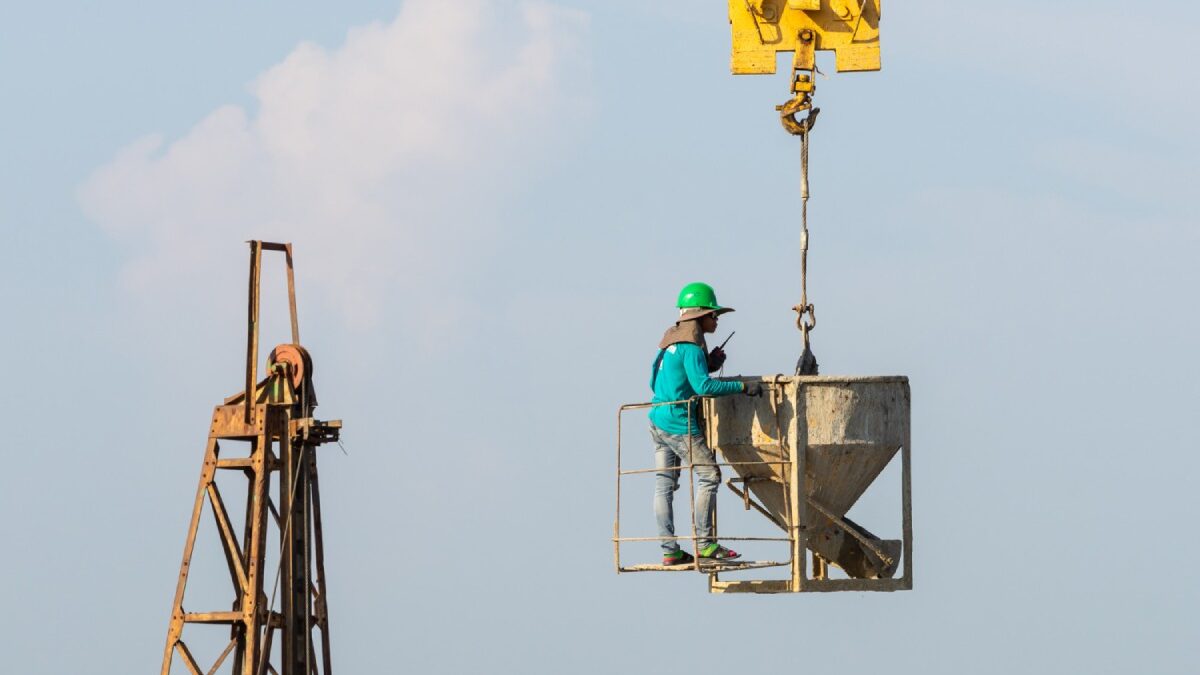Cranes play a very important role in industries like construction, shipping, and manufacturing. These machines help lift heavy materials that cannot be lifted by workers. Without cranes, many building and industrial tasks would be slow and difficult. However, cranes are very powerful machines. If they are not used correctly, they can be dangerous and cause serious accidents.
Every year, many crane-related accidents happen on work sites. These accidents can cause injuries, death, and damage to property. But the good thing is that most crane accidents can be prevented. Proper safety training, careful planning, and good maintenance of equipment can help avoid these dangerous situations.
This article explains common crane accidents, their causes, and how to prevent them in very simple words.
Table of Contents
Why Crane Safety Is Important
Crane accidents are often serious because cranes lift heavy loads high in the air. If something goes wrong, the load can fall, the crane can collapse, or workers can get injured. Safety is important because:
-
It protects workers’ lives.
-
It protects machinery and property.
-
It helps work move smoothly without interruptions.
-
It saves companies from legal problems and financial loss.
Safety is not just the responsibility of the crane operator. It is a joint responsibility of management, workers, supervisors, and technicians.
Common Causes of Crane Accidents
1. Overloading
Overloading happens when the crane lifts more weight than it is designed to handle. This can cause:
-
Crane tipping over
-
Cable snapping
-
Boom bending or breaking
Why it happens:
-
Incorrect calculation of load weight
-
Poor communication between workers
-
Rushing the job without planning
2. Crane Collapse
Sometimes, the whole crane structure can fail and collapse. This is one of the most dangerous crane accidents.
Causes include:
-
Weak or damaged crane parts
-
Poor assembly or setup
-
Strong wind or weather pressure
-
Lack of regular maintenance
3. Contact with Power Lines
This happens when the crane or load touches overhead electric wires. It can cause:
-
Electric shock to the operator
-
Electrocution of nearby workers
-
Fire or explosions
This is a major cause of fatal accidents.
4. Boom or Jib Failure
The long arm of the crane is called the boom or jib. It can fail due to:
-
Overextension
-
Lifting too heavy loads
-
Mechanical or hydraulic failure
When a boom falls, it can cause massive damage to anything below it.
5. Operator Error
A crane operator needs training and experience. Without proper knowledge, they may:
-
Swing the crane too fast
-
Misjudge the weight of the load
-
Ignore safety signals
-
Operate in bad weather
Human error is one of the biggest causes of crane accidents.
6. Improper Assembly or Disassembly
Before using a crane, it must be assembled correctly. If even one part is loose or wrongly connected, it can cause the crane to collapse.
How To Reduce the Most Common Crane Accidents
1. Proper Training and Certification
Workers must learn how to operate cranes safely. Training should include:
-
Understanding load limits
-
Reading crane charts
-
Using hand and signal communication
-
Emergency response steps
Only certified and skilled operators should handle cranes.
2. Routine Inspection and Maintenance
Like all machines, cranes must be checked regularly. Inspections help find:
-
Cracks
-
Loose bolts
-
Damaged cables
-
Weak hydraulic systems
Fixing small problems early prevents major failures.
3. Load Control and Planning
Never lift a load without planning:
-
Check the weight of the load
-
Use proper ropes, chains, or slings
-
Lift slowly and smoothly
-
Avoid sudden movements
Always stay within the crane’s lifting capacity.
4. Keep Safe Distance from Power Lines
The crane must always be operated at a safe distance from electrical lines. Safety measures include:
-
Identifying power lines before starting work
-
Using spotters to guide the operator
-
De-energizing or insulating power lines, if possible
5. Stable Ground and Proper Setup
The crane should always be placed on flat, stable ground. Use:
-
Support pads
-
Outriggers
-
Leveling systems
A shaky or uneven surface can cause the crane to tip over.
6. Clear Communication
Communication between crane operators and ground workers must be clear. Workers can use:
-
Hand signals
-
Walkie-talkies
-
Standard crane signal charts
A small miscommunication can lead to big accidents.
Checklist for Safe Crane Operation
| Safety Item | Status |
|---|---|
| Operator trained and certified? | Yes/No |
| Crane inspected daily? | Yes/No |
| Load weight calculated correctly? | Yes/No |
| Distance from power lines safe? | Yes/No |
| Ground stable and level? | Yes/No |
| Clear communication signals used? | Yes/No |
If any point is No, do not operate the crane.
Conclusion
Crane accidents can be avoided when workers and employers follow safe practices. Safety requires:
-
Training
-
Inspections
-
Careful planning
-
Clear communication
-
Respecting load limits
Employers must ensure safety rules are followed, and workers must stay alert and responsible. When everyone works together, cranes can operate safely and efficiently without causing harm. A strong safety culture protects lives and builds a safe workplace environment.

